The Royal Institution Christmas Lectures focus on a single topic, presenting science to a general audience in an informative and entertaining manner.
In this selection of highlights from 2014, Professor Danielle George reveals the amazing technology behind the gadgets we take for granted and shows how they can be hacked and adapted to do amazing things.
These clips are suitable for teaching computing, ICT and computer science at KS3 and GCSE/KS4 in England, Wales and Northern Ireland and National 4/5 in Scotland.
Feedback loops. video
Professor Danielle George demonstrates what feedback loops are by asking a child to match the note that she plays on a swanee whistle.
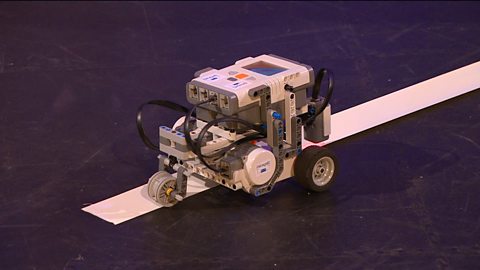
How does a digital camera work? video
Professor Danielle George explains how a digital cameraβs CMOS sensor captures an image, using balls and buckets to represent photons, electrons and capacitors.

How LED screens work. video
Professor Danielle George explains how an LED screen works, showing how the individual LEDs are controlled by switches.
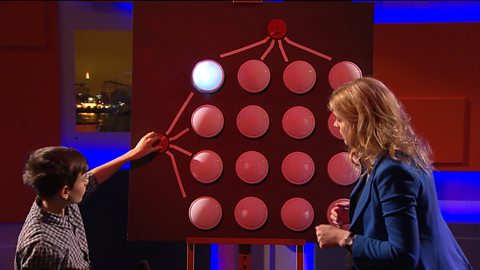
How robots can work together in a swarm. video
Paul Beardsley from Disney Research Zurich explains how the 50 pixelbot robots work together in a swarm to create animations.
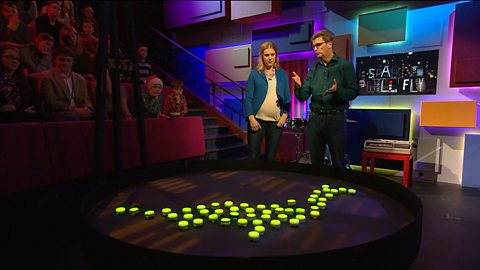
The Mars Rover and autonomous navigation. video
ExoMars Rover Engineer Abbie Hutty, from Airbus Defence and Space, explains how the Mars Rover uses 3D cameras to create a map of the Mars landscape.

Solving a puzzle cube by smartphone. video
Professor Danielle George explains how a smartphone and mechanical arms made of bricks can solve a puzzle cube in less than five seconds.
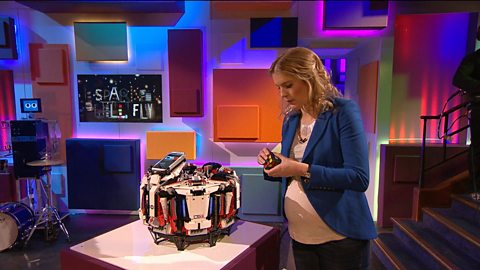
What can 3D printing be used for? video
Professor Danielle George explains how 3D printing works and demonstrates an object being printed in real time.
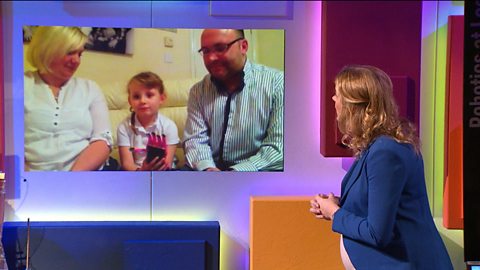
Touching virtual objects. video
How haptic technology allows you feel things that arenβt really there. Professor Danielle George demonstrates using a βhaptic cowβ.
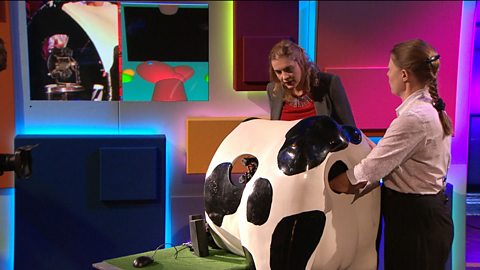

Where next?
Computer Science: Problem Solved
Radio presenter Dev Griffin explores the use of technology and computational thinking in daily life and how it could be applied in the future.
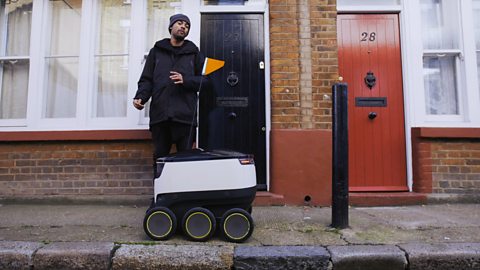
Bitesize: KS3 Computer Science
Use these Bitesize resources to set homework, independent study tasks or to consolidate learning for your pupils.
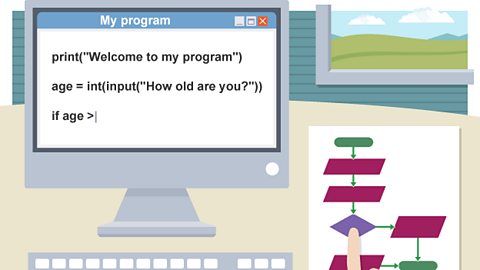
Newsround
The latest news stories from Newsround to share in the classroom.
